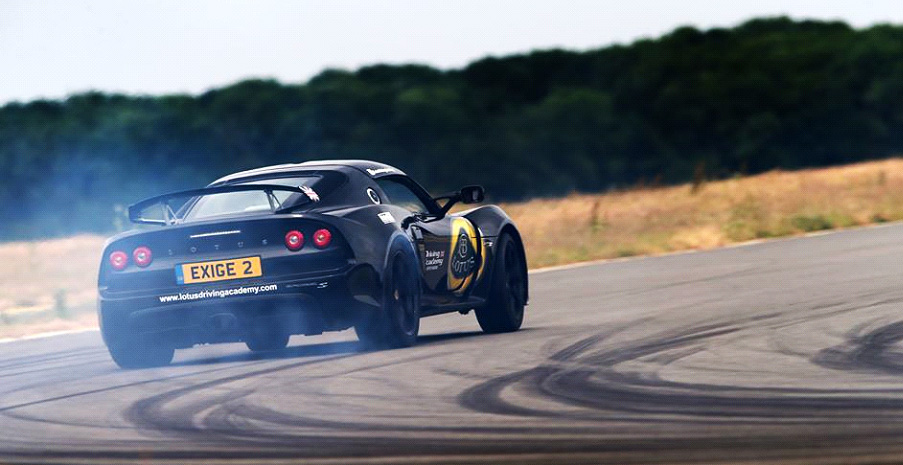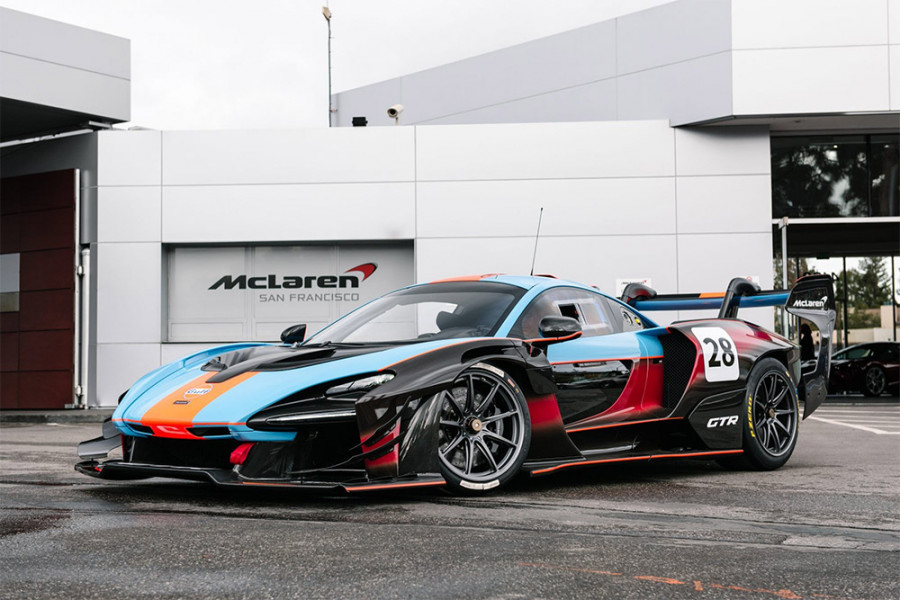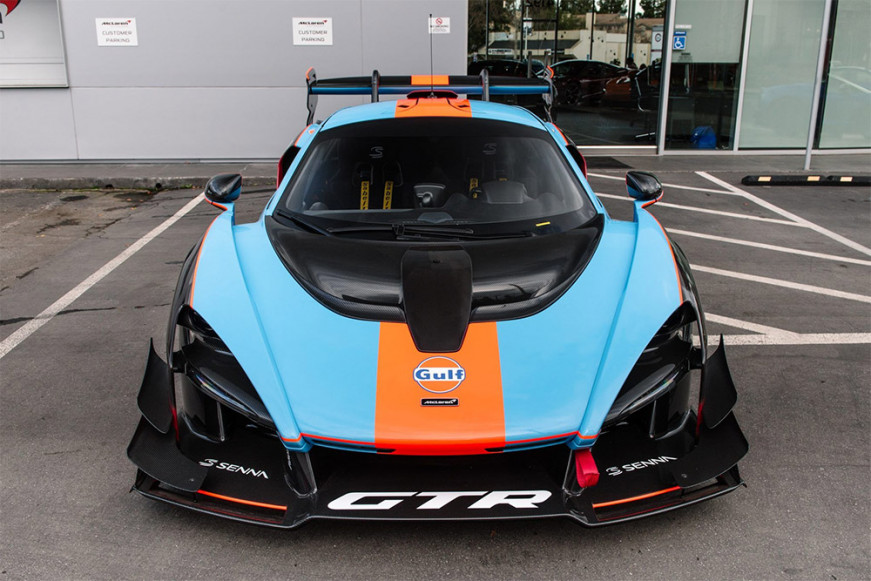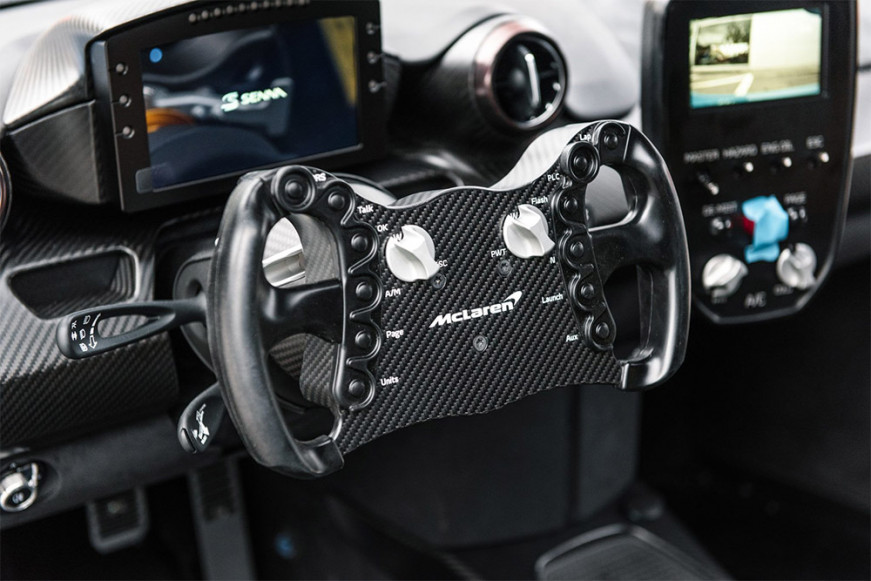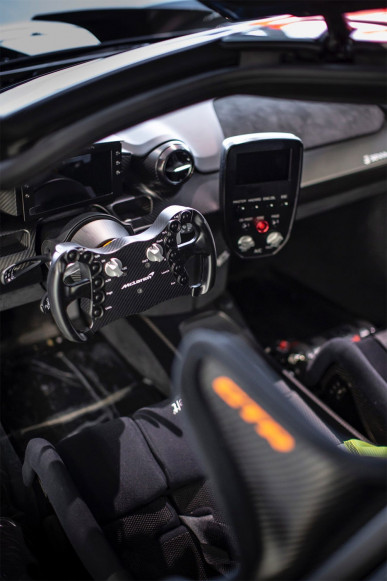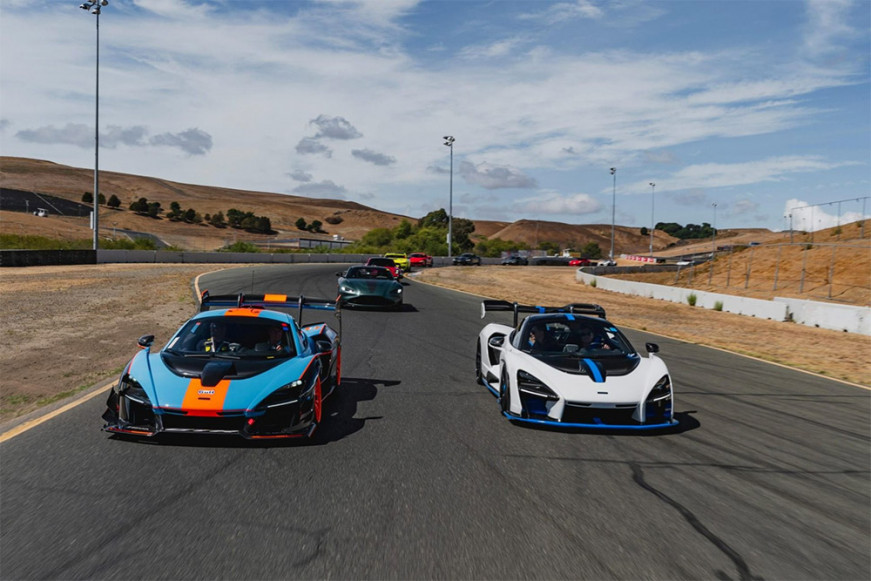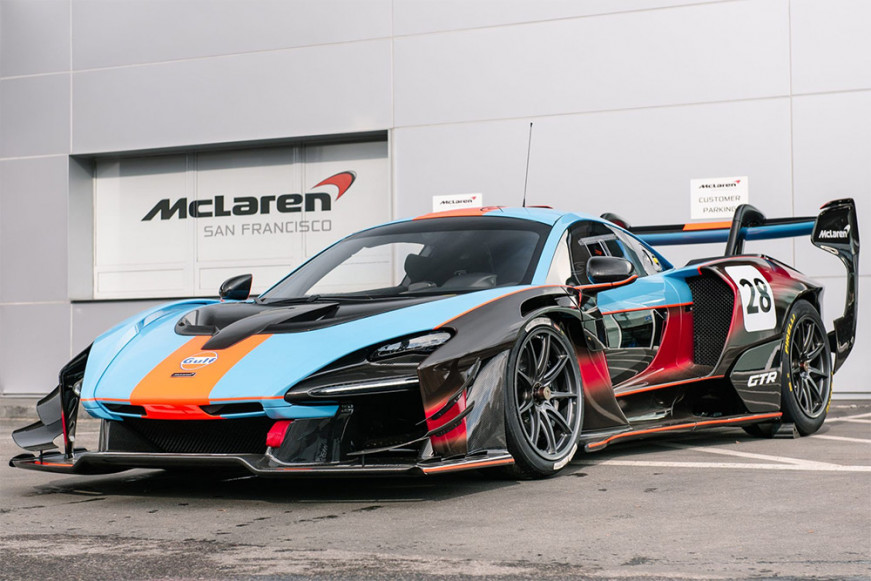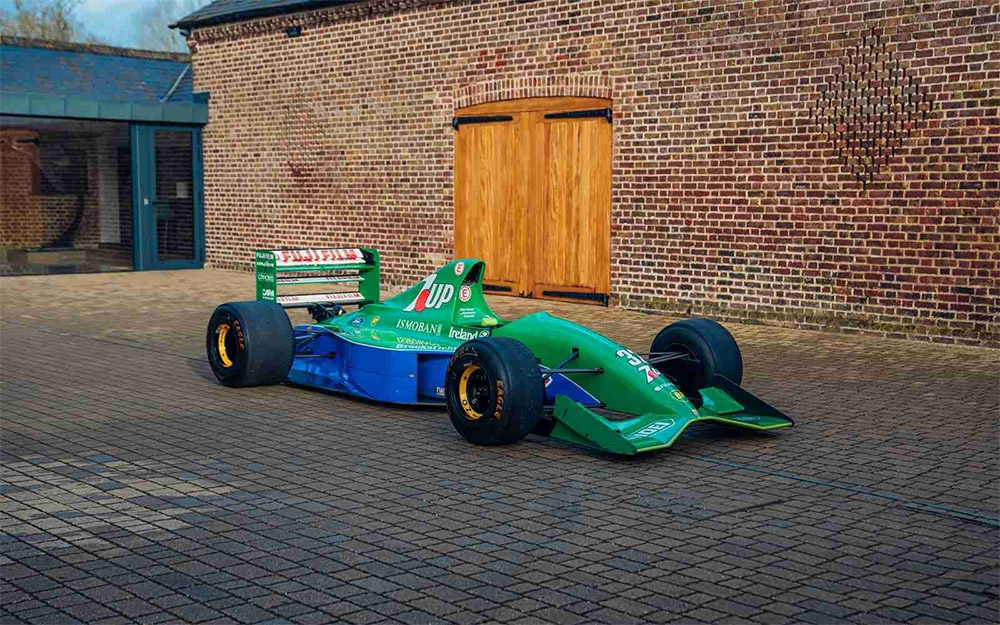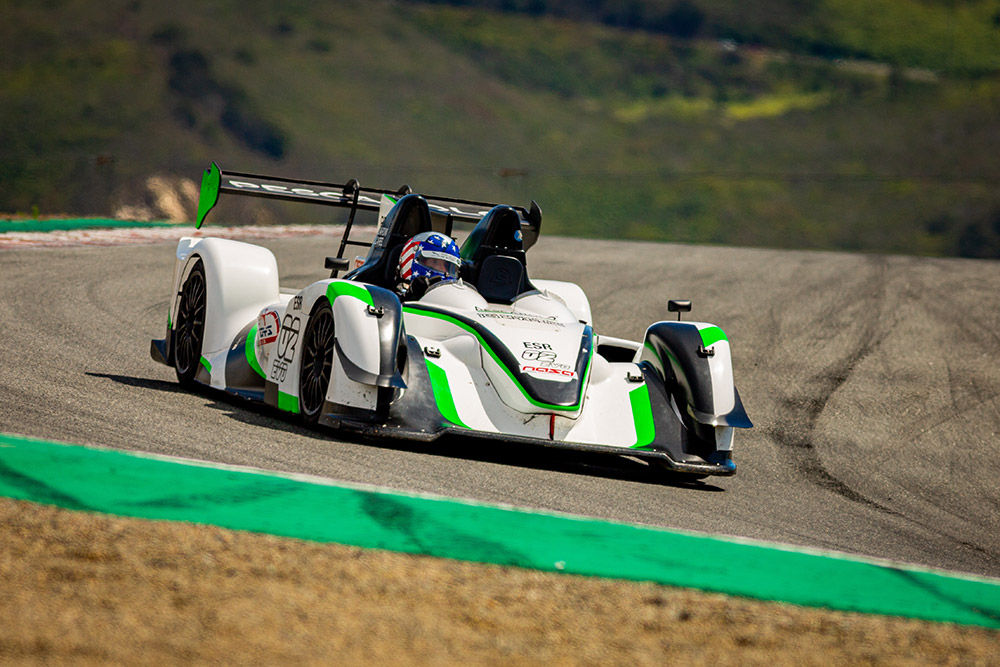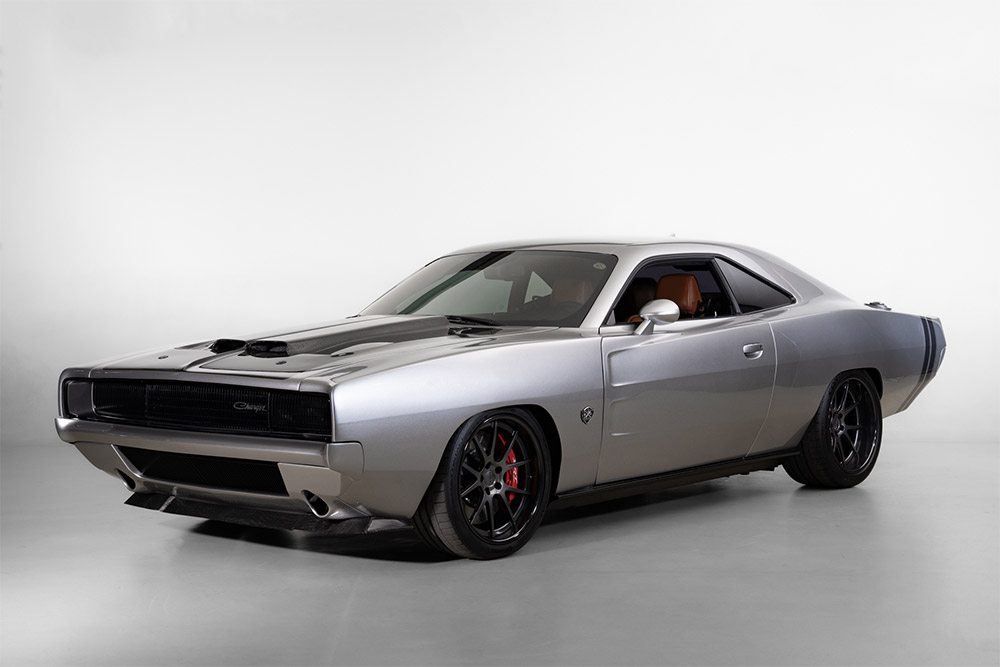2020 McLaren Senna GTR
Price: Sold
Contact Information
Vehicle Description
This 2020 McLaren Senna GTR is #28 of 75 examples built and was delivered new to the selling dealer in January 2020. The car utilizes a carbon-fiber monocoque and is finished in MSO special-order blue with a red, black, and orange vinyl wrap over black Alcantara upholstery, and power comes from a twin-turbocharged 4.0-liter V8 paired with a seven-speed dual-clutch automatic transaxle. Equipment includes active aerodynamics, four-way adjustable Öhlins dampers, adjustable anti-roll bars, carbon-ceramic brakes, 19″ staggered-width center-lock wheels, an anti-collision radar system with rearview cameras, pneumatic air jacks, a polycarbonate windshield and windows, an integrated roll cage, a fire-suppression system, air conditioning, a data logger, a pit-to-car radio, a multi-function steering yoke, and a passenger seat. This Senna GTR has just over 600 kilometers (~400 miles) and is now offered in Palo Alto, California, with a Manufacturer’s Certificate of Origin, a copy of the window sticker, a set of orange 19″ staggered-width center-lock wheels, a clean Carfax report, and a bill of sale.
The track-only Senna GTR debuted in 2018, at which time it was claimed by McLaren to be their fastest non-Formula 1 car to date. The car is built on McLaren’s MonoCage III carbon-fiber monocoque platform and carries a dry weight of 2,619 pounds, a 22-lb reduction over the road-going Senna. It features a 3″ wider front track and 2.7″ wider rear track than the road car, along with active aerodynamics, a rear spoiler with a drag reduction system, and a revised front splitter and rear diffuser. The coupe is capable of generating 2,205 pounds of downforce at 155 mph, 442 pounds more than the contemporary road car.
This example is finished in McLaren Special Operations paint, a $23,525 option, and several body panels wear a factory-installed MSO Gulf livery vinyl wrap inspired by the McLaren F1 GTR that competed in the 1997 24 Hours of Le Mans, an additional $40k option. Features include an anti-collision system with rearview cameras and radar, a roof scoop, front and side air intakes, and a polycarbonate windshield and windows. The car is also equipped with pneumatic air jacks.
The 19″ center-lock wheels are finished in matte dark graphite and are mounted with 285/650 front and 325/705 rear Pirelli P Zero slicks that were installed in May 2021 according to the Carfax report. A set of orange 19″ staggered-width center-lock wheels are also included in the sale. The suspension is shared with the contemporary 720S GT3 race car and features double-wishbones at all four corners along with four-way adjustable Öhlins dampers and adjustable anti-roll bars. Traction control, stability control, and anti-lock brake systems are shared with the contemporary Senna road car. The braking system features a revised brake booster as well as six- and four-piston aluminum monobloc calipers over carbon-ceramic rotors.
Twin-hinge dihedral doors open to reveal a cockpit with GTR-branded Sabelt fixed-back carbon-fiber racing seats trimmed in black Alcantara with six-point harnesses. A passenger seat was a no-cost option on the GTR, and additional features include an integrated roll cage, a fire-suppression system, air conditioning, and a pit-to-car radio.
The multi-function steering yoke sits ahead of paddle shifters as well as an LCD data-logger with integrated shift lights. The digital odometer shows 600 kilometers (~400 miles).
A plaque on the driver’s door sill denotes the car as #28 of 75 examples built.
The twin-turbocharged 4.0-liter V8 is shared with the contemporary road-going Senna and is factory rated at 814 horsepower at 7,250 rpm and 590 lb-ft of torque at 5,500 rpm in GTR specification. Power is delivered to the rear wheels through a seven-speed dual-clutch automatic transaxle.

